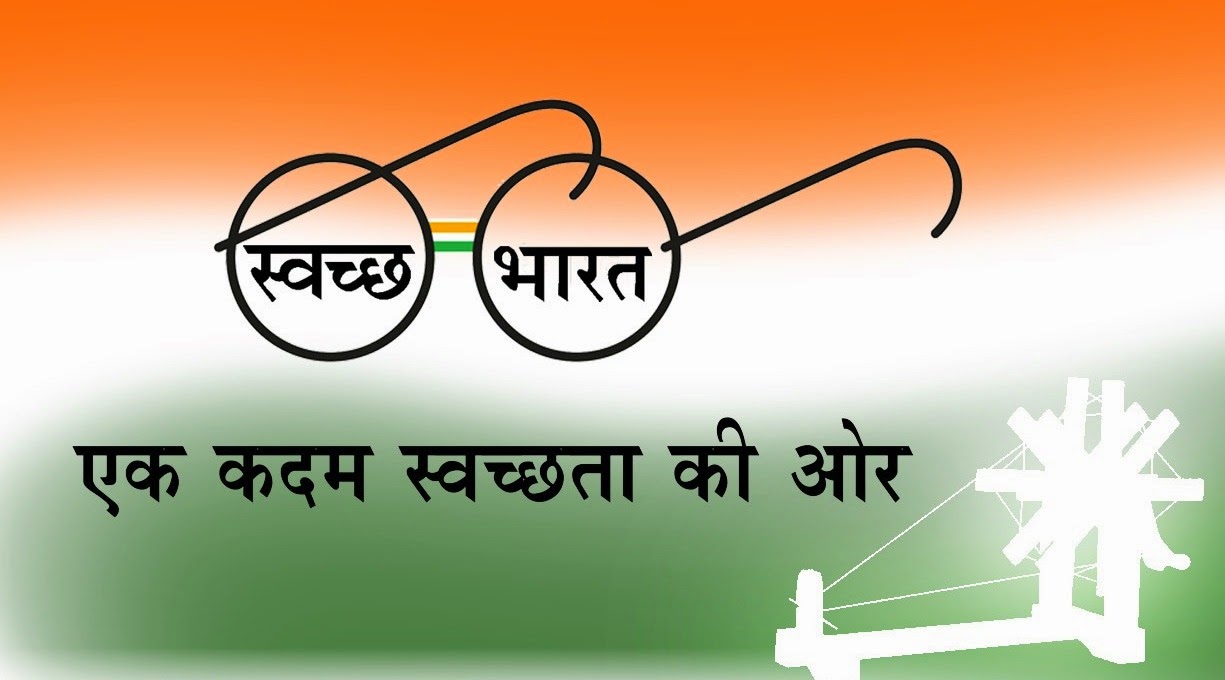Crop Improvement Division
The Division of Crop Improvement at ICAR-VPKAS is one of the important pillars of this institute. This Division has been in existence at ICAR-VPKAS since 1986. Since its inception, the Division has been making significant contributions to basic, strategic and applied research in genetics and plant breeding of important hill crops. The Division has made several unique contributions like first dual-purpose wheat variety in the country, first maize hybrid in the country, first baby corn variety, first MAS-derived QPM hybrid in the country, first hybrid in onion in the country, first notified Long Day Garlic in the country, first public-sector bred cherry tomato variety identified at the national level, besides others, which make it stand as a centre of excellence in research related to genetics and plant breeding.
The Division of Crop Improvement has so far developed 162 high yielding disease resistant varieties of 26 important hill crops. Many of them are popular among the farmers of the zone. Some of them are popular in other parts of the country also. These high yielding varieties have brought name and fame to the institute. The Division has been continuously upgrading its research programmes, keeping in view the recent developments in crop genetics and breeding.
Major Activities
- Applied research /varietal development in important hills crops
- Basic and strategic research for genetic enhancement of important hills crops
- Transfer of technologies developed by the Division
Infrastructure and Other Facilities
Laboratory Facilities: The division has a modern Biotechnology laboratory for molecular breeding and transgenic development work. Biotechnology laboratory is well equipped with all modern molecular biology instruments like Thermal Cycler, Refrigerated Centrifuge, Micro-plate Spectrophotometer , Namedrop Spectrophotometer, Deep Freezer, Temperature controlled water bath, Vacuum concentrator, Vertical and Horizontal gel electrophoresis apparatus, Sanger DNA sequencer, DNA fragment analyser, Biolistic gene delivery system, Fluorescent microscope and stereo microscope with imaging system, Gel Documentation system, Incubator–Shaker, Atomic Absorption Spectrophotometer etc. Biotechnology laboratory also has a modern tissue culture facility equipped with laminar airflow cabinets, temperature/photoperiod controlled growth room/ greenhouse and net house etc.
Common Facilities: Reprography facilities available for meeting the requirements of the Divisional staff.
Farm facilities: A well developed hill farm is available to cater to the need of all field related experiments.
Major Achievement
Intensive research work in improvement of major hill crops has led to the development and release of 162 high yielding varieties of 26 crops. Of these, 86 have been released at state level for Uttarakhand state, 21 particularly for the North Western Himalayan states and 55 for other part of the country also.
The most notable accomplishments are listed hereunder
- Release of first hybrid maize variety VL Makka 54 in the country.
- Release of first MAS-derived QPM hybrid Vivek QPM 9 in the country
- Release of first hybrid onion in the country viz., VL Piaz 67 for Uttarakhand and plains.
- Combining winter and spring wheat genes to develop and release first early sown dual-purpose facultative variety VL Gehun 616 in the country for hills. The subsequent release of VL Gehun 829 which has become very popular in the country.
- Release of first awnless wheat variety VL Gehun 738 in the country offering protection against hail storm damage at the time of harvest in hills.
- Release of first-ever extra-early dual-purpose (grain and baby corn) double-cross maize hybrid variety VL Makka 42 at the national level.
- Release of first widely adaptable public bred sweet corn single cross hybrid VL Sweet Corn 1 in the country.
- Release of first extra-early double top cross maize hybrid Him 129 at national level.
- Release of VL Mandua 149, a blast resistant medium maturing variety of finger millet for rainfed kharif ecology of All finger millet growing area except Tamil Nadu and Andhra Pradesh.
- Release of spring rice variety VL Dhan 206, which has replaced local cultivars in substantial area in Uttarakhand.
- First short duration direct seeded rice variety, VL Dhan 221 for double cropping under rainfed upland June-sown conditions in hills of Uttarakhand and Himachal Pradesh.
- Release of short duration pigeon pea variety VL Arhar 1 which fits well in the existing cropping system.
- Release of two high value crop varieties VL Rajma 63 in rajmash and VL Bauni Bean 1 in French bean which have gained popularity over a wide range of environments in hills and plains.
- Short duration garden pea variety, VL Ageti Matar 7 suitable for hills as well as plains as a better alternative by virtue of its being 5-7 days earlier and 10-15% higher yielder than Arkel.
- Release of VL Tamatar 4 an OP variety as good as hybrid tomato in fruit yield both in polyhouse as well as open field conditions.
- First open pollinated synthetic onion variety VL Piaz 3 for Uttarakhand.
- First released variety of grain amaranth VL Chua 44 for rain-fed organic ecology of Uttarakhand.
- First released variety of buckwheat, VL Ugal 7 for Uttarakhand.
- First notified of Long Day Garlic variety VL Lahsun 2 in the country
- Bulbils of long day garlic (VL Lahsun 2) for production of quality planting materials was standardized.
- CMS line VL 31-1 A (Female), VL 31-1 B (Maintainer) was developed and being used in heterosis program of onion.
BIOTECHNOLOGY
-
Marker assisted selection for quality protein maize
Quality Protein Maize (QPM) contains twice the amount of essential amino acids lysine and tryptophan coupled with protein of high biological value compared to normal maize. Development of QPM germplasm through conventional plant breeding methods is resource-intensive and time-consuming owing to complex nature of the trait. At ICAR-VPKAS we successfully converted the parental inbreds of one of our hybrids into QPM inbreds through MAS and the reconstituted QPM hybrid has been released as Vivek QPM 9. This hybrid has 40% higher tryptophan and 30% higher lysine as compared to the original hybrid. The hybrid has been commercialized with 6 private seed sector companies for commercial seed production.
Development of high tryptophan (opaque-2), high provitamin A (crtRB1) and low phytate (lpa2) inbreds and hybrids using marker-assisted selection is being carried out under institute projects as well as externally funded projects.
Marker aided pyramiding of blast resistance genes in hill rice
Deployment of host resistance is by far the most effective means of controlling rice blast caused by the fungal pathogen, Magnaporthe grisea. Gene pyramiding, which refers to the combining of two or more major genes for resistance in a single plant genotype is one of the novel strategies to increase durability of resistance. A molecular breeding program with blast resistance as its principal objective was undertaken to pyramid major genes viz., Pi-1, Pi-2 & Pi-9 in a popular variety VL Dhan 206. The pyramided lines, though sub-par in yield compared to the protected check VL Dhan 206, are serving as donor stocks for blast resistance genes.
Marker aided selection for pyramiding of rust resistance genes in popular wheat varieties
Two yellow rust resistance genes Yr5 and Yr10 were pyramided in a popular wheat variety VL Gehun 738. The pyramided lines were tested in multi-location Initial Plant Pathological Screening Nursery (IPPSN). All the lines were found to be highly resistant to yellow rust. The background recovery was from 88.4 to 97.6 % in these lines. The yield potential varied from 39.57 to 49.64 q/ha as compared to 42.90 q/ha of the protected check VL Gehun 738. Genetic stocks having Yr5+Yr10 have been identified which are being used as donors.
At present, yellow rust resistance gene Yr10 and brown rust resistance genes Lr 24 are being pyramided in VL Gehun 907, a timely sown popular variety for NHZ and VL Gehun 892, a popular late sown variety for NHZ.
Doubled Haploid production in maize
Doubled haploid (DH) technology has become an integral part of public and private sector maize breeding programmes in many countries for accelerated development of homozygous lines. At ICAR-VPKAS, a DH production facility has been established under NASF-funded project and over 500 DH lines of normal corn, QPM and sweet corn have been produced using in vivo haploid induction system.
Utilization of facultative and winter wheat germplasm for improvement of Spring wheat
The institute is the national register for facultative and winter wheat and hold more than 2500 facultative and winter wheat germplasm. In a collaborative inter-institutional project with IIWBR, Karnal the F2 bulks are being shared with different centres of the country through IIWBR, Karnal. Two varieties have come out of this programme
BIOCHEMISTRY
Fundamental and applied biochemical and nutritional research related to the current problems in hill agriculture. Research on basic aspects in field crops with major emphasis in the areas of abiotic stress tolerance and quality improvement in cereals, vegetables, pulses and oilseed crops.
SEED PRODUCTION
More than 655 q breeder, 50 q nucleus seed and 65 q truthfully-labelled seed of over 40 improved varieties have been produced during 2015-16 to 18-19. Besides, 468.0 q farmer participatory TL seed was also produced during this period. As a result, high yielding varieties such as VL Gehun 829, VL Gehun 892 VL Gehun 907, and VL Gehun 953 in wheat; Vivek QPM 9, Vivek Sankul Makka 31, Vivek Sankul Makka 35 and Vivek Maize Hybrid 45 in maize; VL Dhan 209, VL Dhan 154, VL Dhan 62 and VL Dhan 85 in rice; VL Soya 47, VL Soya 63 and VL Soya 65 in soybean; Vivek Matar 10 and Vivek Matar 12 in garden pea; VL Tamatar 4 in tomato; VL Mandua 324 and VL Mandua 352 in finger millet; VL Madira 207 in barnyard millet; VL Arhar 1 in pigeon pea and; VL Masoor 126 and VL Masoor 133 in lentil have become popular in several states of the country, particularly in NW and NE states.
GENETIC RESOURCES
More than 16,735 germplasm accessions comprising indigenous and exotic collections of 25 crops have been conserved. Promising germplasm accessions have been utilized directly and indirectly in different crop improvement programmes. As a result, 21 varieties of different crops have been developed and notified by direct use of local germplasm.














